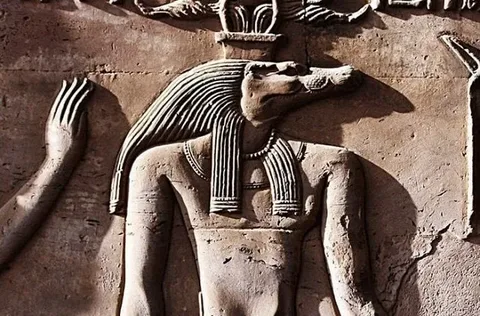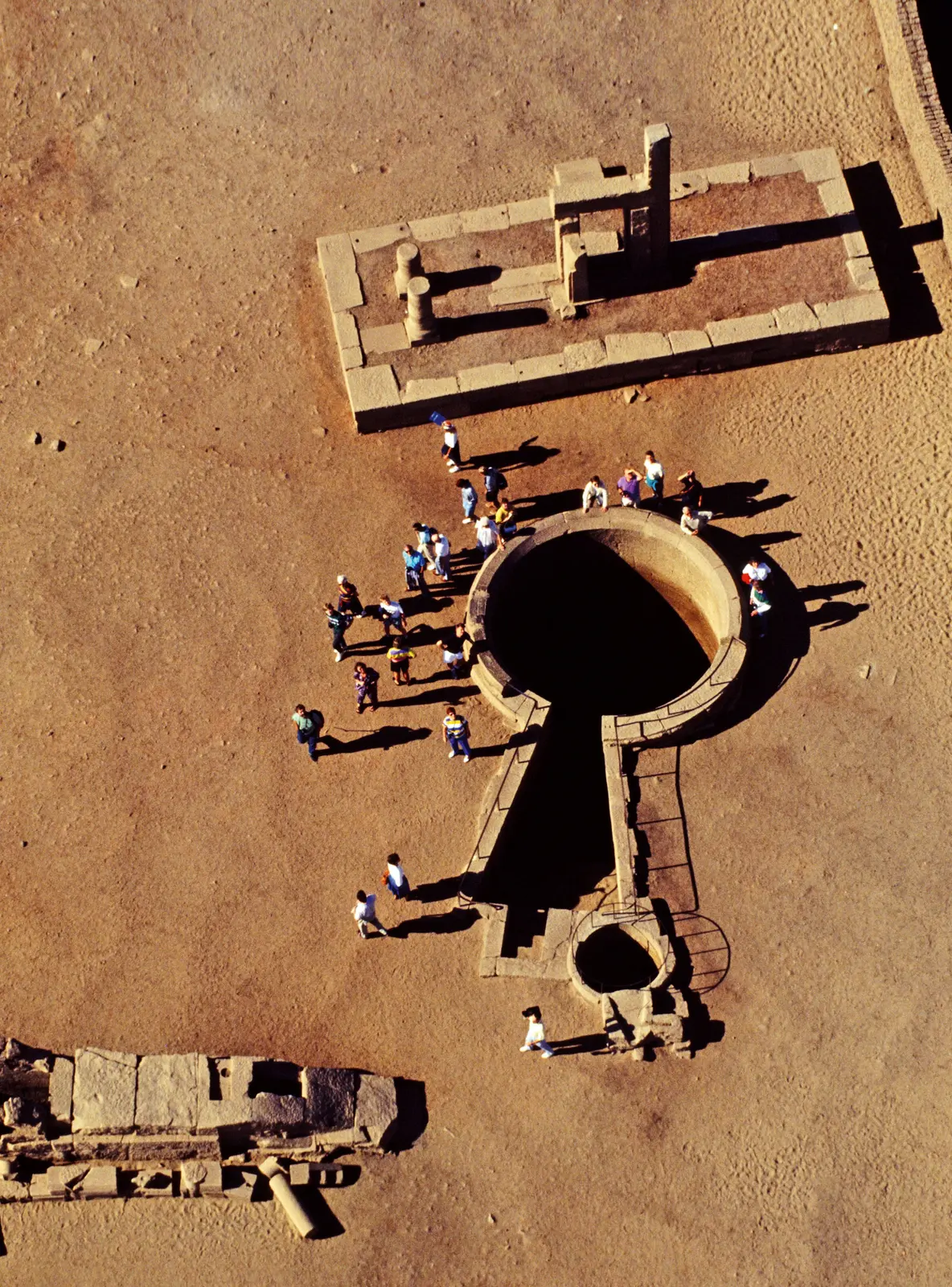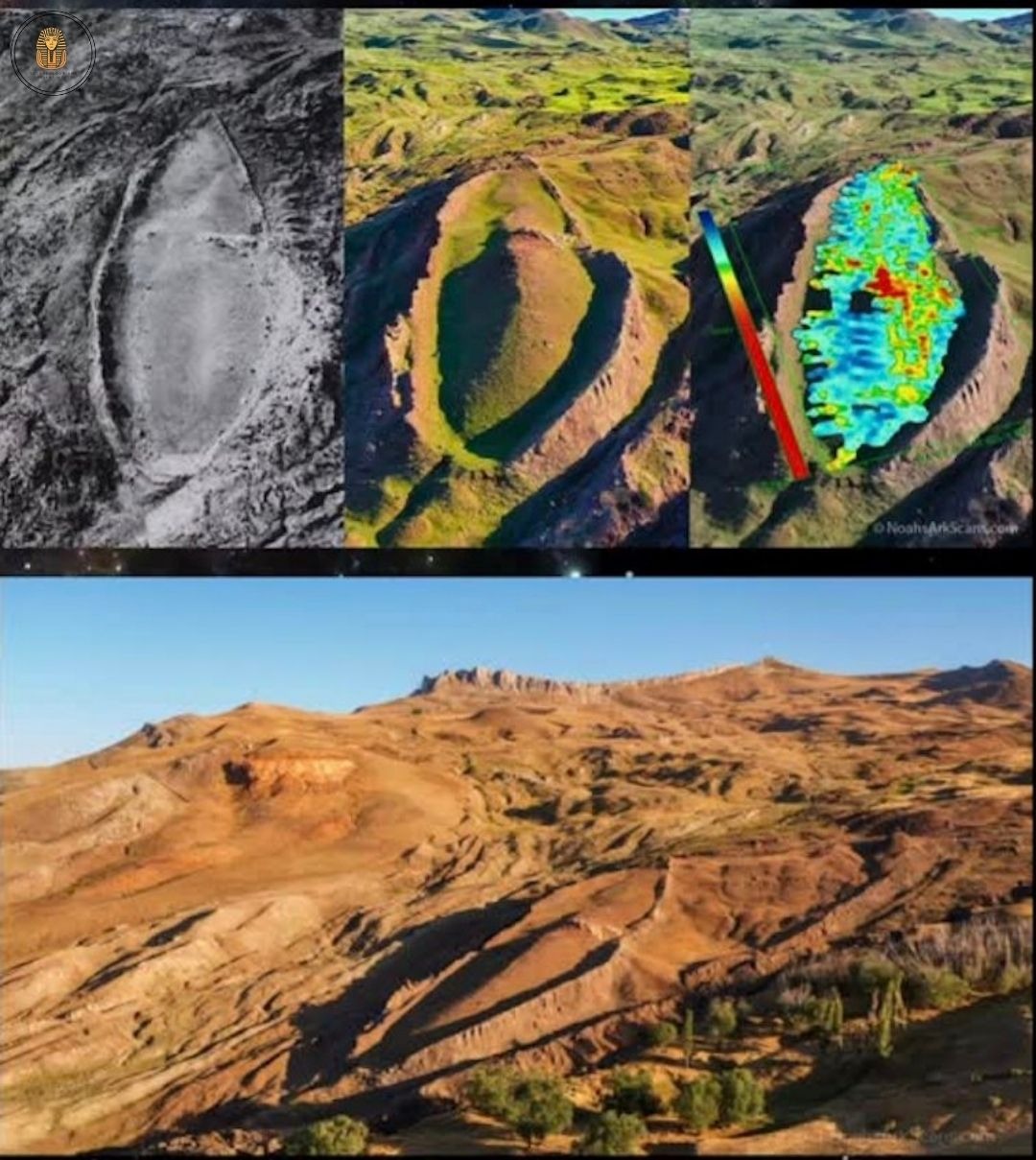The Temple of Kom Ombo: Revealing the Technological Mysteries of Ancient Egypt
The Temple of Kom Ombo, located in Egypt, is not only a remarkable architectural wonder but also a testament to the advanced technological prowess of the ancient Egyptian civilization. Among its many features, the temple houses a well that functioned as a nilometer, a vital instrument for measuring the water levels of the Nile during the flood season.
The historical significance of Kom Ombo

The temple of Kom Ombo, built during the Ptolemaic dynasty, is unique in its dual dedication to two gods: Sobek, the crocodile god, and Horus, the falcon-headed god. This duality reflects the temple’s importance in the religious and cultural landscape of ancient Egypt. Beyond its religious significance, however, Kom Ombo played a vital role in the practical aspects of daily life, particularly in agriculture and resource management.
The Nilometer: The Ingenious Invention Of Ancient Egypt
One of the most fascinating aspects of Kom Ombo Temple is its Nilometer. This ancient device was crucial in predicting the annual flooding of the Nile River, which in turn determined the success of the agricultural season. Kom Ombo’s well was ingeniously designed to measure the river’s water levels, providing essential data for farmers and administrators.
How the nilometer worked

The Nilometer at Kom Ombo consisted of a stone-lined well connected to the Nile by tunnels or canals. As the water level of the Nile rose during the flood season, water would flow into the well, where it could be measured by a series of marks or steps carved into the stone. These measurements allowed the ancient Egyptians to predict the extent of flooding and plan their agricultural activities accordingly.
The importance of flood prediction
Accurate flood prediction was critical to ancient Egyptian society. The annual flooding of the Nile deposited nutrient-rich sediment on fields, ensuring bountiful harvests. However, both insufficient and excessive flooding could be disastrous. A reliable nilometer, such as the one at Kom Ombo, made it possible to predict optimal flood levels, helping to prevent famine and ensure food security.
Technological innovation in ancient Egypt

The existence of the Nilometer at Kom Ombo highlights the sophistication of ancient Egyptian technology. The ability to measure and predict natural phenomena such as the flooding of the Nile demonstrates the Egyptians’ deep understanding of their environment and their innovative approaches to solving practical problems.
Conclusion
The Temple of Kom Ombo offers a compelling insight into technological advances. of ancient Egypt. The well-functioning Nilometer is a remarkable example of how the ancient Egyptians harnessed technology to improve their agricultural productivity and manage their resources effectively. This technological marvel, combined with the religious and cultural significance of the temple, makes Kom Ombo a fascinating subject of study for historians and archaeologists alike.






